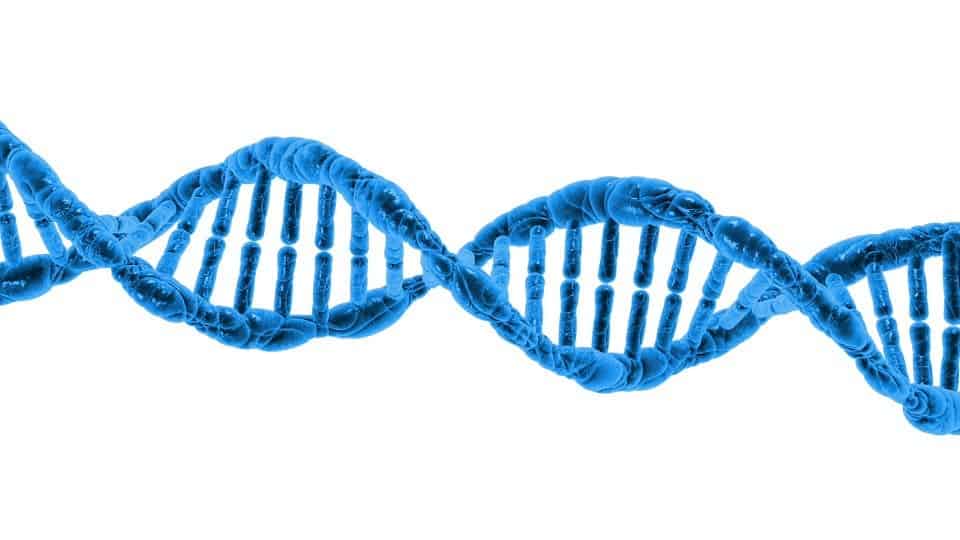Around the time DNA was first discovered more than 60 years ago, scientists also found these miraculous molecules that hold the blueprint of life can unfold when heated. Now, a team at the University of Montreal used DNA switches to build a thermometer that is 20,000 times smaller than a strand of human hair. This remarkable research could open the doors for biological thermometers at the nanoscale which might tell us a thing or two about how our bodies function at the smallest level.

Previously, scientists found that RNA and DNA act like the body’s nanothermometers triggering biological processes by folding and unfolding in the presence of temperature. This way, they act like molecular switches.
Prof. Alexis Vallée-Bélisle and colleagues devised their own DNA nanoswitches using the molecule’s simple chemistry to program them.
“Inspired by those natural nanothermometers, which are typically 20,000x smaller than a human hair, we have created various DNA structures that can fold and unfold at specifically defined temperatures,” Prof. Vallée-Bélisle said.
“DNA is made from four different monomer molecules called nucleotides: nucleotide A binds weakly to nucleotide T, whereas nucleotide C binds strongly to nucleotide G,” explains David Gareau, first author of the study published in the journal Nano Letters.
“Using these simple design rules we are able to create DNA structures that fold and unfold at a specifically desired temperature.”
“By adding optical reporters to these DNA structures, we can therefore create 5 nm-wide thermometers that produce an easily detectable signal as a function of temperature,” adds Arnaud Desrosiers, co-author of this study.






